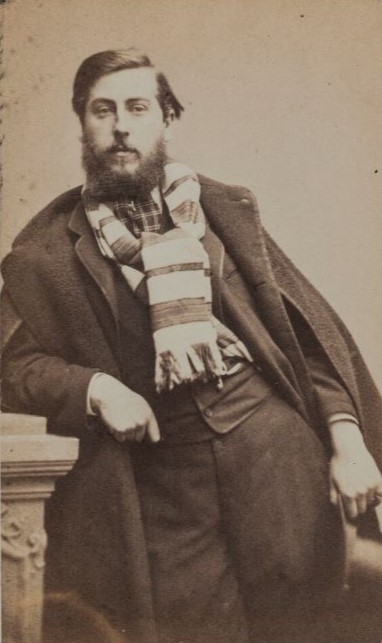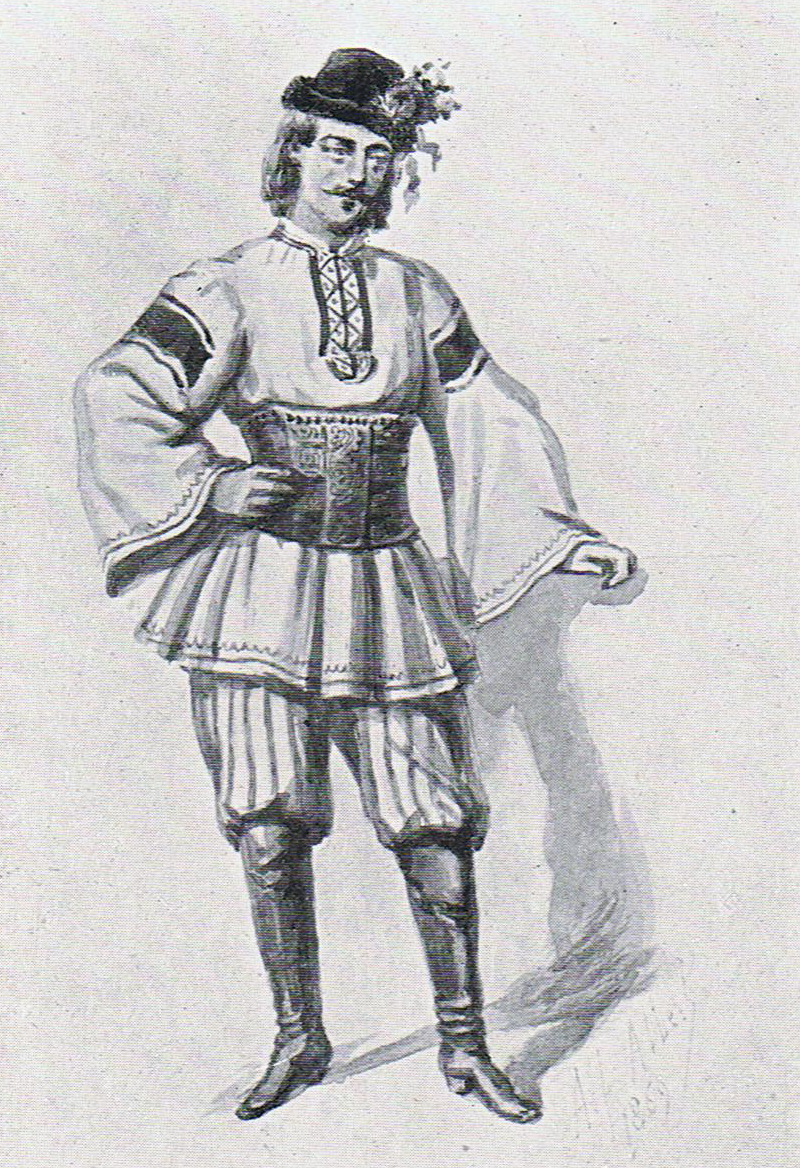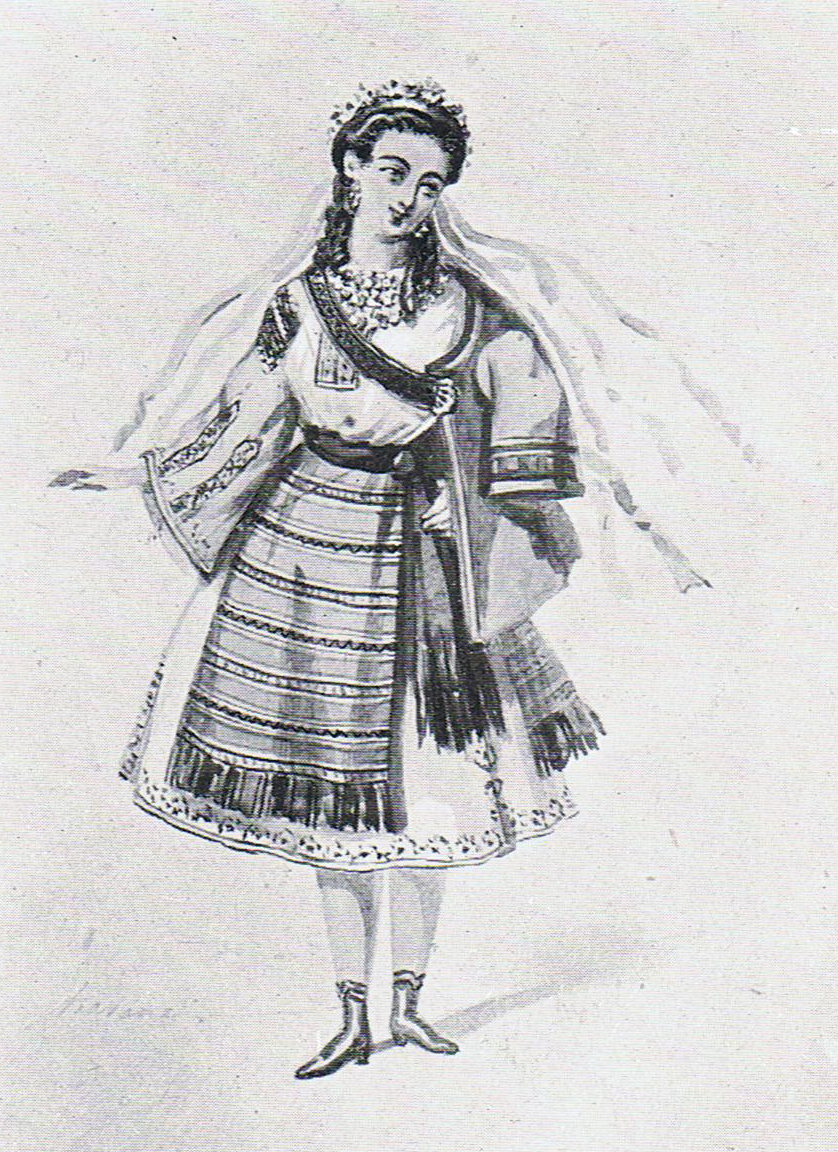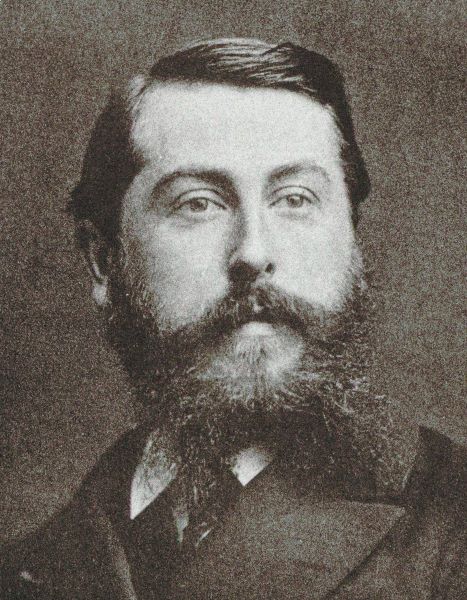The Man Behind the Music: Léo Delibes
Composer Léo Delibes, perhaps best remembered for the ballet Coppélia, greatly impacted ballet music. Even iconic ballet composer Tchaikovsky admired his work. Read on to learn more about his life, his impact, and his ballet Coppélia!

Early Life
Léo Delibes was born on February 21, 1836, in northern France. Delibes was born into a musical family; his grandfather was a professional opera singer, his uncle was a music professor at Paris Conservatory, and his mother was a musician in her own right. Sadly, Delibes’ father died in 1847, disrupting his family’s life. They moved to Paris following the tragedy.
In Paris, Delibes began his serious musical training. He took classes at the Paris Conservatory where he studied composition with Adolphe Adam, the composer of Giselle. Delibes also studied organ and voice at the Conservatory. Per these studies, Delibes was hired as a chorister and church organist, thus beginning his musical career. Soon, he became an accompanist at the Theatre Lyrique, founded by his teacher Adolphe Adam. During this time, Delibes began composing comedic operas. His second opera, Deux Vieilles Gordes (Two Old Guards), was a success, propelling Delibes’ career forward.
Ballet Compositions
As Delibes’ career continued, he became an accompanist and chorus master for The Opéra (part of the Opéra National de Paris). There, he began composing ballets by writing two acts of La Source in 1866. Composer Ludwig Minkus wrote the other two acts, but critics considered Delibes’ sections superior. Then, Delibes composed a waltz-divertissement for the 1867 revival of Le Corsaire. With these two projects, critics called for Delibes to write a full-length ballet, and they didn’t have to wait long for their wishes to come true.
In 1870, Delibes composed his first full-length ballet score, Coppélia. Delibes’ composition uses lively folk dances, like jigs and mazurkas. Additionally, Delibes uses leitmotifs (a melodic phrase that accompanies the reappearance of an idea, person, or situation) throughout the ballet. This was unique for ballet at the time and is still admired. Dance and music critic Trevor Noël Goodwin describes these leitmotifs with admiration. “Swanilda in her entry waltz, bright and graceful; Dr. Coppelius is in stiff, dry counterpoint. The canonic device is ingeniously applied also to Coppelia, the doll he has created…” After the success of Coppélia, Delibes wrote two other full-length ballet scores, Sylvia in 1876 and Le Roi s’Amuse in 1882.


Costume sketches for the original 1870 production of Coppélia
Late Life
With Coppélia’s popularity, Delibes resigned from his position at The Opéra and devoted his career strictly to composition. Delibes had primarily written opéra comiques, a style of French opera with spoken dialogue and arias. Now, he hoped to write a true opera. Jean de Nivelle, which premiered in 1880, was the first of these. Delibes’ most popular opera, Lakme, followed in 1883. Lakme was performed internationally and was compared to Carmen by some critics.
In 1881, Delibes was a master of his craft. He became a professor of composition at the Paris Conservatory, where he studied. Delibes was a dedicated teacher concerned with his students’ success. At this time, he also became a member of the French Institute.
Ten years later, Léo Delibes passed away at the age of fifty-four. A prolific composer, Delbies had written 3 ballets, several operas and opéra comiques, and many mélodies. Today, he is remembered best for his ballet scores. His use of symphonic elements, melodies, and rich harmonies was innovative in ballet composition. The great ballet composer Tchaikovsky described Delibes’ Sylvia as, “the first ballet in which music constitutes not just the main, but the sole interest. What charm, what grace, what melodic, rhythmic, and harmonic richness.” Like Tchaikovsky, ballet lovers today continue to admire Delibes and his music.

PNB is performing Coppélia May 31 – June 9, 2024! Enjoy Delibes’ score played by the PNB Orchestra, the “best ballet band in America” according to the New York Times, accompanied by PNB’s world-class dancers in this production that’s fun for the whole family. Can’t wait till then to listen to Delibes’ work? Click play to listen to PNB’s Coppélia playlist, which combines Léo Delibes’ delightful score with sunny French pop!
Sources: Encyclopedia Britannica (2024, February 27). Léo Delibes: French Composer. Britannica. Retrieved April 24, 2024, from https://www.britannica.com/biography/Leo-Delibes. Gerard, C. (n.d.). Léo Delibes (1836 – 1891), composer. Retrieved April 24, 2024, from http://balletmet.org/Notes/Delibes.html. Opéra Comique (n.d.). Lakmé: Léo Delibes. Retrieved April 24, 2024, from https://www.opera-comique.com/en/shows/lakme-0. The Kennedy Center (n.d.). Leo Delibes. Retrieved April 24, 2024, from https://www.kennedy-center.org/artists/d/da-dn/leo-delibes/.





